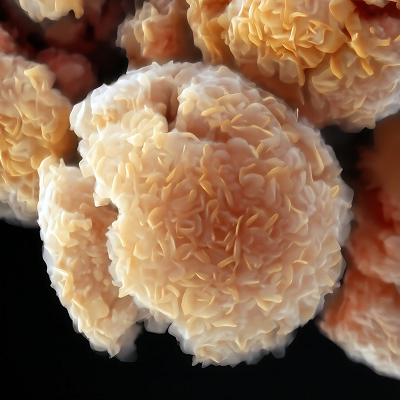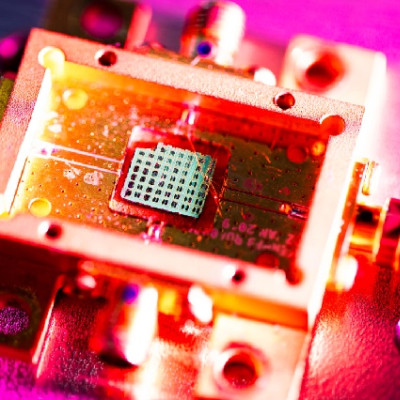The scientists chose rGO as the primary material for the electrode active layer. The rGO active layer was in-situ printed and reduced on the polypropylene non-woven fabric, and silver nanoparticles were simultaneously inserted and reduced to increase the interlayer spacing of the rGO active layer, which effectively reduced the self-stacking effect of rGO and improved the overall electrochemical performance.
The successful in-situ reduction of GO and silver nitrate to rGO and silver nanoparticles was confirmed through morphological, structural, and surface chemical characterization.
The 4Ag/rGO composite exhibits superior electrical conductivity, with a sheet resistance of 57.39 kΩ/sq., making it suitable for direct use as an electrode.
In a three-electrode setup, these flexible composite electrodes demonstrated outstanding super capacitive performance, achieving a maximum specific capacitance of 800.30 F/g, excellent bendability, and remarkable cycle stability, with a capacitance retention of 104.9 % after over 2000 charge/discharge cycles at a current density of 0.25 mA/cm2.
Furthermore, the composite electrodes exhibited a high energy density of up to 70.9 Wh/kg at a current density of 0.25 mA/cm2.
The promising capacitive behavior and straightforward manufacturing process position the Ag/rGO hybrid electrodes as a potential material for future applications in next-generation flexible and wearable electronics.
Read the original article on Graphene-Info.







